wasp life cycle australia
Throughout Winter the queen wasp hibernates in a cocoon or golf ball-sized hibernation cell having been fertilised by male wasps before hibernation. The queen lays eggs in the cells of the nest and the larva hatch from each egg in about 6-8 days.
The wasp larvae hatch and feed on the insect and unlike fleas and.

. Potter wasps make mud nests for their eggs and larvae or use abandoned burrows of other insects. The wasps which build a rather long narrow nest hanging in a tree or shrub are Rhopalidia paper wasps. Life Cycle of Wasp.
While Vespidae usually macerate their prey and feed the resulting bits directly to their brood most predatory wasps paralyze their prey and lay eggs directly upon the bodies and the wasp larvae consume. The wasp larvae are maggot-like and develop inside the papery cells of the nest. In general parasitic wasps have a complete life cycle with egg larval pupal and adult stages.
Once she finds a suitable host she uses her ovipositor the stinger-like appendage on her abdomen to lay her egg. The fertilized female wasp queen hibernates during the winter season. 1 Queen lays Eggs.
Ichneumon Wasps are parasitoids meaning they lay their eggs on a host insect such as a moth caterpillar or lawn grub. Many wasp lineages including those in the families Vespidae Crabronidae Sphecidae and Pompilidae attack and sting prey items that they use as food for their larvae. Most often the insects referred to as hornets in Australia are large mudnest wasps of the genus Abispa pictured below.
In general parasitic wasps have a complete life cycle with egg larval pupal and adult stages. Potter wasps are found throughout Australia. True hornets are social wasps of the genus Vespa a group of 20 species occurring naturally only in Asia.
Some wasps even use their ovipositors to drill through bark or plant tissue to reach their hosts living inside a tree or plant. The queen wasp chews wood materials and spits the remaining parts which is used for making the nest. Polistes build their nests.
The queen wasps emerge after their hibernation period is over and start building a nest for themselves. Eggs are rarely seen as they are usually inserted within the eggs or bodies of host insects. Fig wasps in Australia have evolved in symbiotic relationship with fig trees.
It is particularly common off the northern coast of Australia where beachgoers are often stung prompting a massive campaign by the tourism industry to install nets off of main swimming areas to keep the sea wasps out. There are two kinds of paper wasp both being fairly common in most parts of Australia. In Spring the fertilised queen wasp emerges from hibernation and looks for a suitable nesting site to build her colony.
The wasp is brown-golden in colour and needs the tree in order to survive. The fig needs the wasp in order to procreate. The parasitoid wasp life cycle begins with the female wasp searching for a host with her antennae.
The larvae are tended to by the queen for a number of weeks. However the life cycle of a parasitoid wasp varies with the species of wasp and some have the most complex life histories known in the animal kingdom. The nests are shaped like inverted cones and consist of a cluster of hexagonal cells made from wood fibre mixed with saliva.
The queen wasp builds small cells and lays 200 to 300 eggs in a day. The females fly into the fig and lay their eggs there. A mudnest wasp Abispa ephippium.
The larva grows in a series of stages instars. Paper wasps form small colonies and make paper nests under tree branches and the eaves of houses. Naturally the wasps only live in areas around fig trees.
In Winter the males die off and the newly fertilised queen hibernates to build a new nest the following spring. Some wasps even use their ovipositors to drill through bark or plant tissue to reach their hosts living inside a tree or plant. The second kind of paper wasps called Polistes make a nest the shape of an inverted wine glass or an upside-down crumpet.
Potter wasps are solitary and feed on flower nectar and hunt caterpillars to feed their larvae. There are around 2000 species living all across Australia. The queen wasp chews wood materials and spits the remaining parts which is used for making the nest.
Like many jellies sea wasps have an interesting life cycle that includes a combination of sexual and asexual reproduction. The life cycle of wasps begins in early Spring. Mudnest wasps are very different in habits from true hornets.

How To Stop Wasps And Bees Nesting In Walls Weepa Products Pty Ltd

Inside A Wasp S Nest Which Has Been Knocked Off A Wall The Dislodged Nest Clearly Shows A Collection Of Spiders Which Have Been Wasp Nest Dead Invertebrates
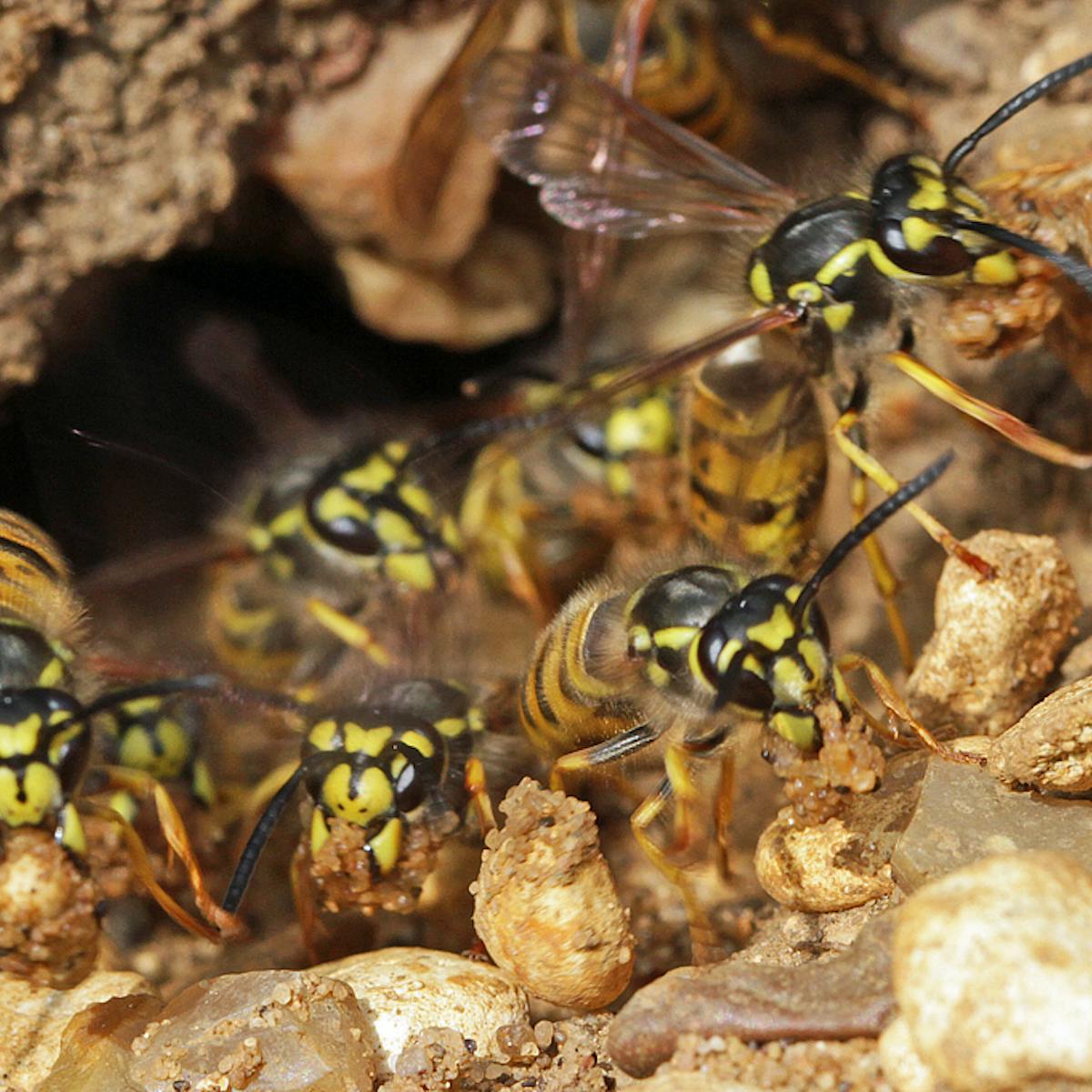
Forget Murder Hornets European Wasps In Australia Decapitate Flies And Bully Dingoes
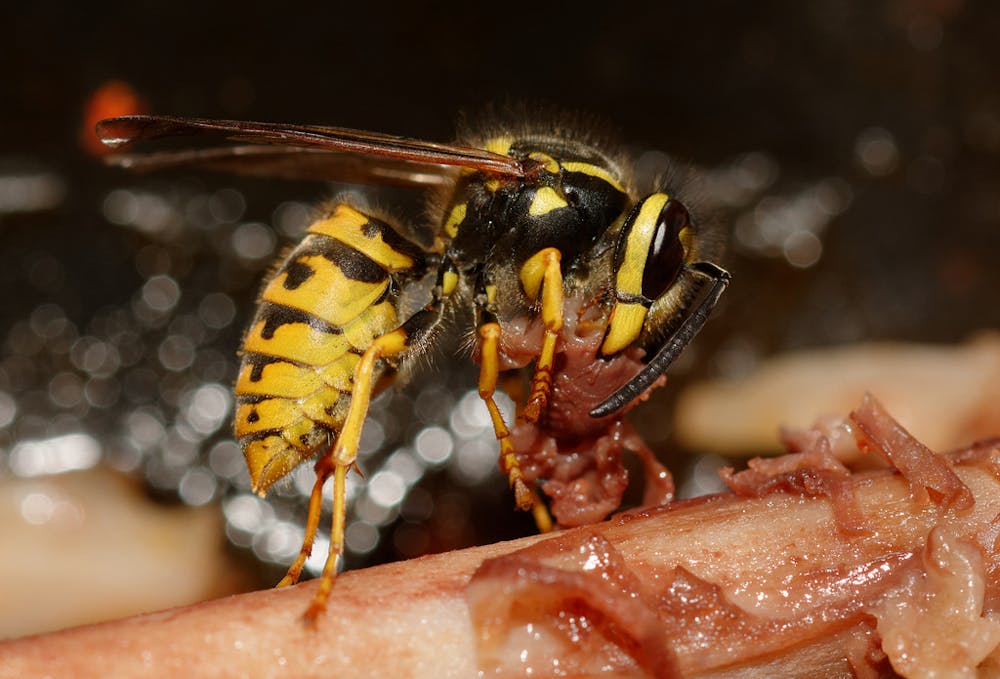
Forget Murder Hornets European Wasps In Australia Decapitate Flies And Bully Dingoes

Small Sand Wasp Bembix Variabilis Wasp Sand Insects

1875 Vintage Lithograph American Wasps Montezumia Monobia Nortonia Scientific Drawing Wasp Animals Images

Yellow Jacket Wasp Oregon State University
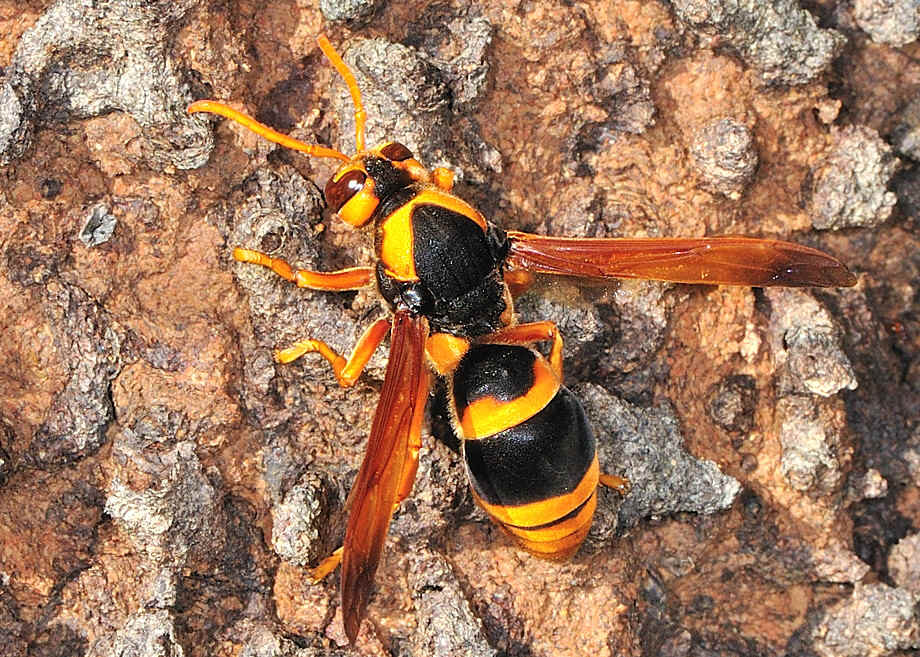
Large Mud Nesting Wasp Mason Wasp Ii Abispa Splendida

Seven Yellow And Black Insects Displayed Next To A 50c Coin For Comparison Wasp Black Insects Bee Identification
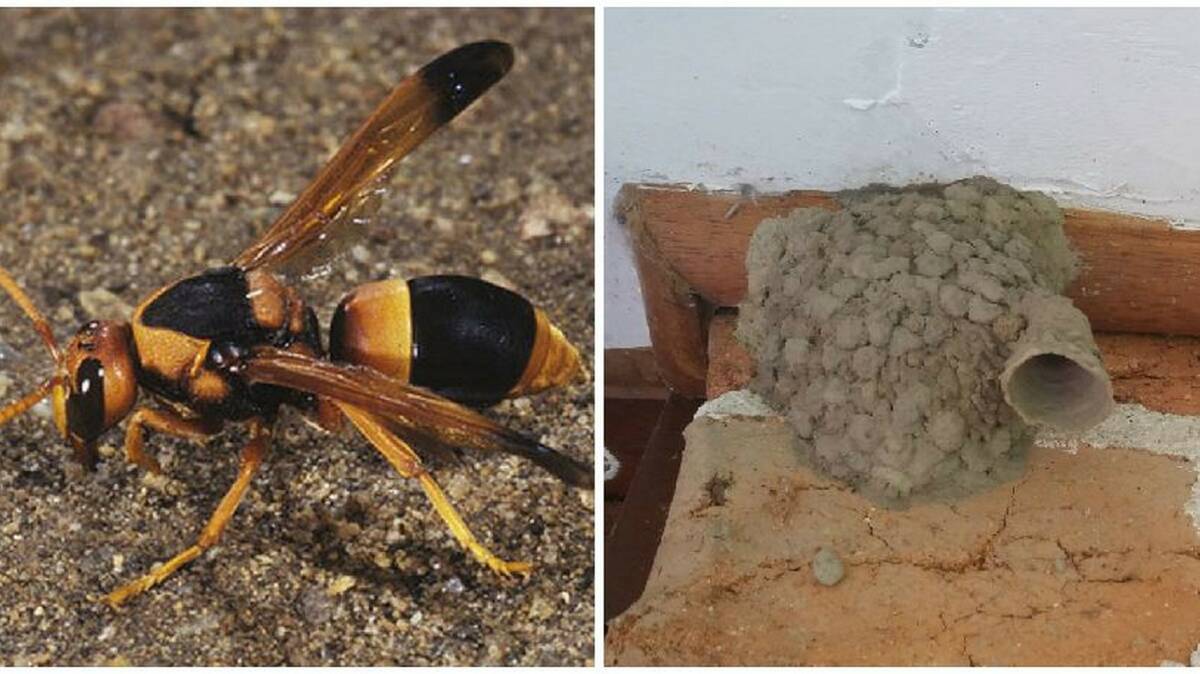
Wasp Season Brings Native Mud Wasps Into Urban Hawkesbury To Build Nests Hawkesbury Gazette Richmond Nsw

How To Get Rid Of Wasps Pestxpert

Mud Dauber Wasp They Can Be Your Friend Youtube

Safari Ltd Life Cycle Of A Honey Bee Honey Bee Life Cycle Bee Life Cycle Life Cycles

Yellow Stripey Things That Buzz Chart Types Of Bees Bee Very Scary

Bees Of Australia Up Close With Native Species In Pictures Insect Photos Bee Native Bees

How To Identify And Get Rid Of Wasp Nests Australian Pest Control
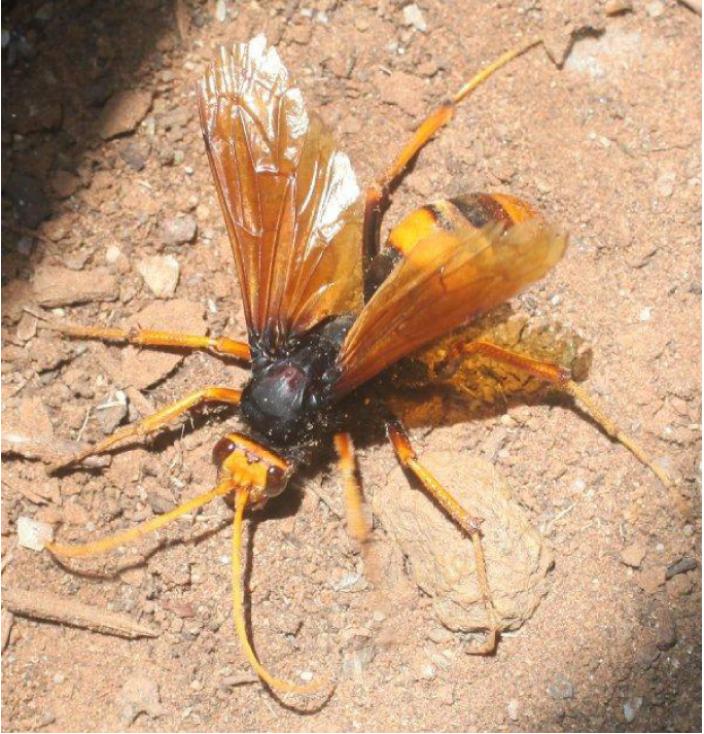
Hornets And Large Wasps Western Australian Museum

The Best Black Flower Wasp Larvae And Review Wasp Best Black Amazing Flowers

